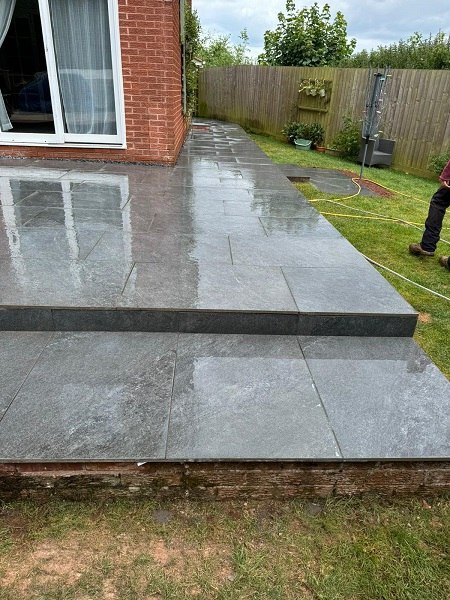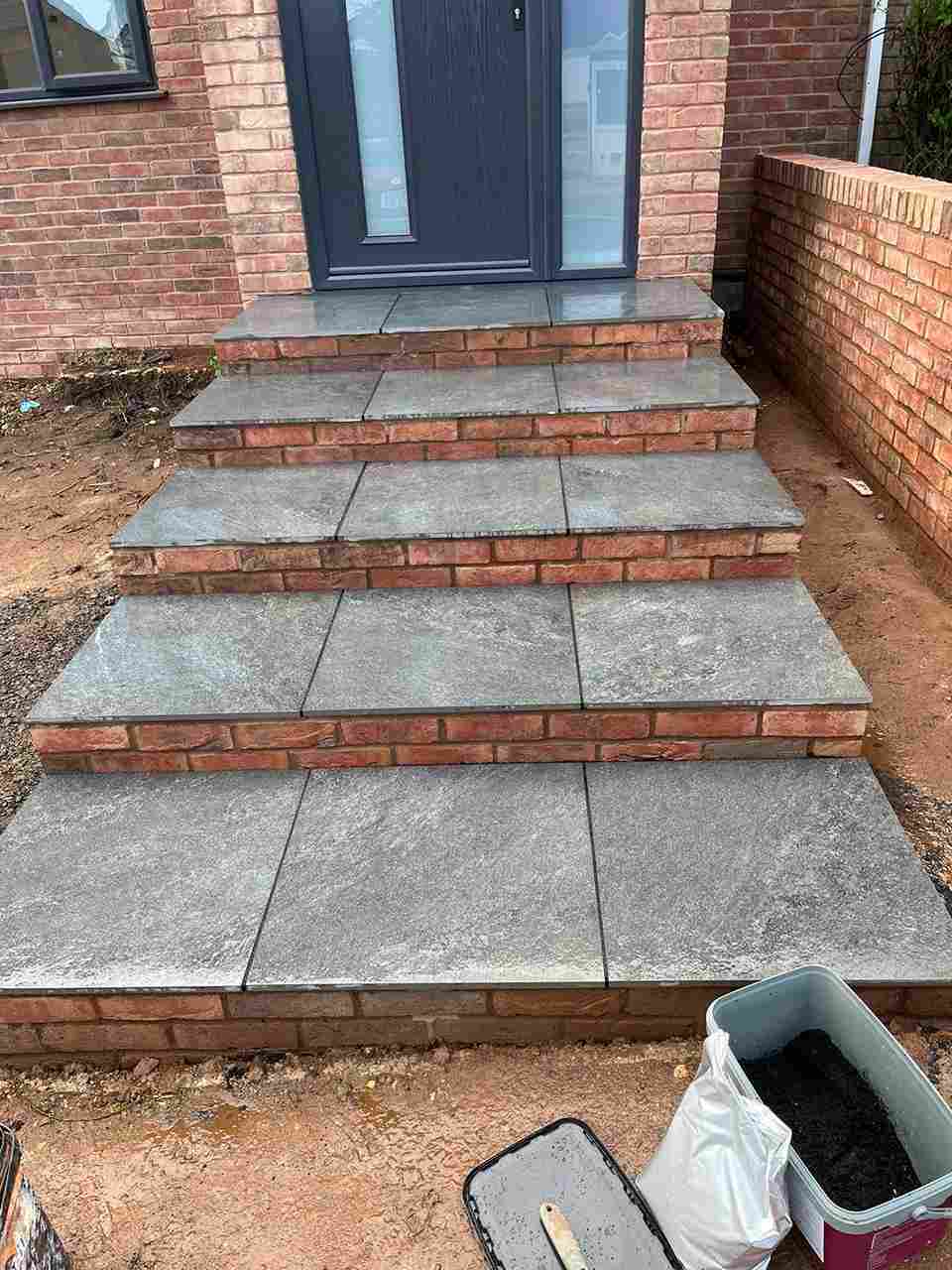Are you tired of staring at dirty or stained block paving but do not have a pressure washer to tackle the grime? Cleaning your block paving can be straightforward and doesn’t require complicated processes or costly equipment. This blog post will delve into effective yet simple methods that will help you restore your block pavements without needing a pressure washer. With just a few household items and some handy techniques, you can fix the elegance and charm of your outdoor spaces, making them inviting and attractive once again—all without breaking the bank or requiring extensive effort.
Get ready to transform your driveways and patios into sparkling, clean areas again.
Checklist of Materials Required to Clean Block Paving
Materials needed to clean block paving include:
Brush: A stiff-bristled broom or brush is used to sweep and gently brush the surface.
Water: Water is used to rinse the surface after cleaning.
Soap: A washing-up liquid or specialised paving detergent can be used to create a soapy solution.
Bleach: Bleach can be used to remove dirt stains.
Vinegar: Vinegar can be used to remove weeds, but it can damage dark-coloured paving, plants, and lawns.
Weed Killer: A strong weed killer can be applied to the joints present between the paving slabs.
Joint Sand: Kiln-dried sand can be used to fill the joints between the paving blocks.
Step-by-Step Process of Cleaning Block Paving
Prepare the Block Paving For Cleaning
Remove all Pots & Furniture off the Block Paving
Preparation is key to success. First, remove all pots and furniture from the block paving. Doing this before cleaning helps avoid any dirty smudges left behind if you move items later.
Brush the Surface to Remove any Loose Dirt
Next, brush the surface to eliminate loose dirt. Use a stiff broom to sweep the block paving; consider using a leaf blower for larger areas. If you opt for a blower, ensure you first clear away loose stones and debris, as they can become projectiles that may damage windows or vehicles.
Remove any Weeds & Moss
Once prepared, address any weeds and moss on the paving. Use a metal scraper for larger weeds and a wire brush for removing moss and dirt from the joints. If your paving is heavily infested with weeds and moss, it may be prudent to spray a weed killer a few days or weeks before cleaning. This allows time for the weeds to die off. The effectiveness of the weed killer will be evident when the moss turns brown and the weeds wilt.
Sweep Moss & Weeds from the Paving Surface
Clean your paving surface again after clearing away all the weeds and moss. Inspect any remaining weeds and remove them if you find any.

Make Soapy Water Solution
Before cleaning the block paving, prepare a warm, soapy water solution. Mix two tablespoons of dish soap in a bucket of warm water, then add this homemade paving stone cleaner on the block surface. Use your floor brush to remove moss, dirt, or debris.
Use a Cleaner or Specialised Solution for Driveways
Begin by dampening the entire surface with water. Then, add your soapy water solution to the paved area to remove dirt. You might consider a recommended biodegradable paving product that cleans the pavers without a pressure washer. Besides eliminating dirt and restoring the original look of your paving, cleaners like bleach will also eliminate weeds, algae, and moss simultaneously.
Use an Appropriate Remover for Oil & Grease Stains
Address oil-stained paving blocks using an appropriate oil and grease remover. For light stains, consider using undiluted washing-up liquid. After adding the cleaner, scrub thoroughly and rinse with hot, soapy water while continuing to scrub. This technique may effectively remove or sufficiently conceal the oil stains, making them less noticeable.
Gently Scrub the Solution into Your Block Paving
After applying the cleaner, use a stiff broom to brush the solution over the surface thoroughly. Focus on the joints to remove stubborn, embedded dirt. Depending on the type of cleaner, allow it to penetrate and dissolve the dirt for a while, and avoid letting it dry out.
Rinse the Area with Clean Water
After confirming that the cleaner has done its job, start rinsing the entire surface with clean water. You can typically see the cleaner's effectiveness as the surface appears clearer, and your paving will start to look more vibrant. Using a brush while rinsing with water is beneficial, as it helps dislodge dirt and any remaining moss and weeds.
Add Missing Kiln-Dried Sand to the Paving
Once the block paving is dry, check the surface to ensure it’s clean and identify any missing joint sand. Fill any unfilled joints with kiln-dried sand, levelling it to the top. On a dry day, brush sand into the joints. Your block paving will appear clean and shiny without needing a pressure washer.
Conclusion
Restoring the beauty of your block paving without a pressure washer doesn't have to be daunting or expensive. You can easily rejuvenate your outdoor spaces using simple household items and effective techniques outlined in this blog post. It will help you enhance the aesthetic appeal of your driveways and patios and you will also be able to create an inviting atmosphere for family and guests. So roll up your sleeves and take pride in transforming your surroundings into sparkling, clean areas that reflect your care and attention—without needing a pressure washer. Embrace these easy cleaning methods today!

